The Eppley Cancer Center became a National Cancer Institute designated cancer center
In 1999, the Eppley Cancer Center became a National Cancer Institute (NCI) designated cancer center. NCI grant funding…
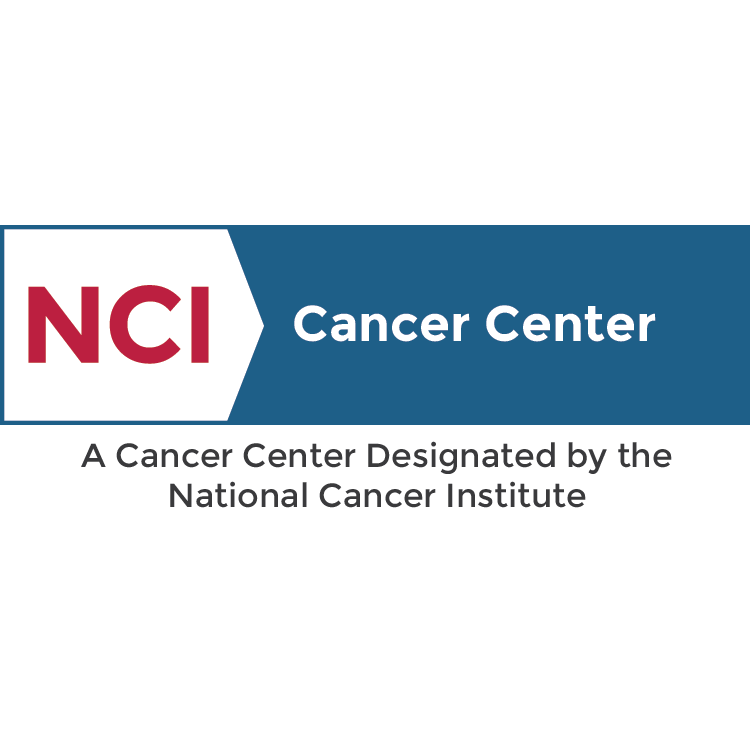
In 1999, the Eppley Cancer Center became a National Cancer Institute (NCI) designated cancer center. NCI grant funding…

In 1999, Trubion Pharmaceutical was founded in Seattle as a spin-off from the Pacific Northwest Diabetes Research Institute,…

In 1999, the Vancouver Prostate Centre received a $20 million donation by Vancouver businessman Jim Pattison, the largest…

In 1999, University of California at San Francisco Cancer Research Institute received NCI Comprehensive Cancer Center designation. The…

In 1999, the Fred Hutchinson Business Alliance announced that the 1999 E. Donnall Thomas Medal of Achievement would…

On Dec. 22, 1998, Washington University – St. Louis researcher Jeffrey I. Gordon, MD and colleagues developed a…
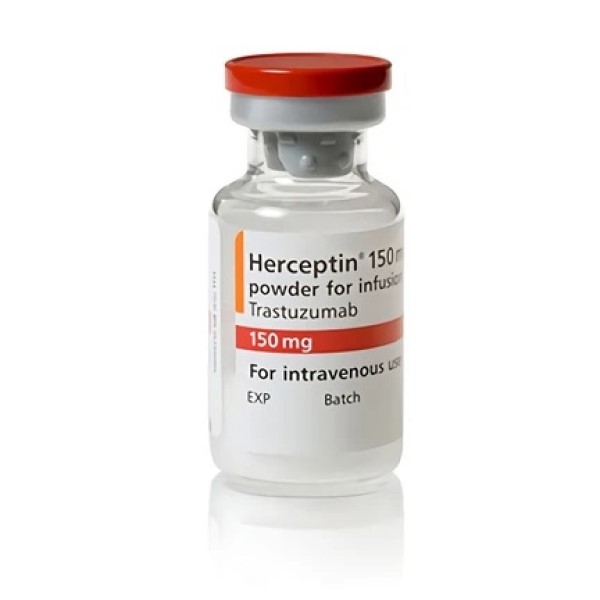
On Sept. 25, 1998, the U.S. Food and Drug Administration (FDA) approved the monoclonal antibody Herceptin (Trastuzumab) for…

On Sept. 14, 1998, researchers from the Breast Cancer Prevention Trial (BCPT) published a full report and update…
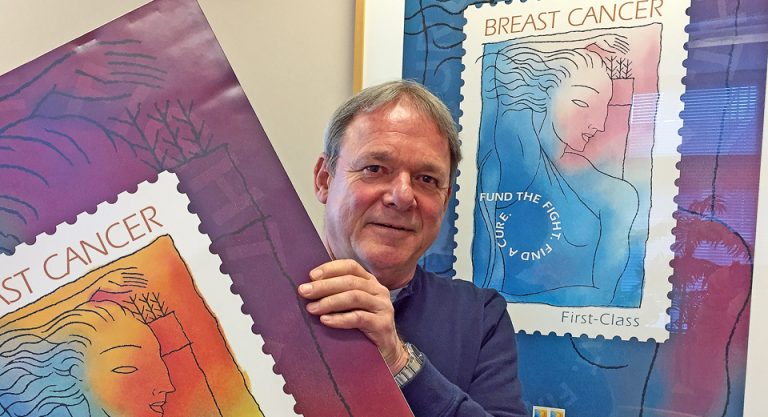
On Jul. 29, 1998, the Stamp Out Breast Cancer stamp was first issued. The driving force behind the…

On Jun. 16, 1998, University of Washington Medicine, Fred Hutchinson Cancer Research Center and Seattle Children’s announced the…
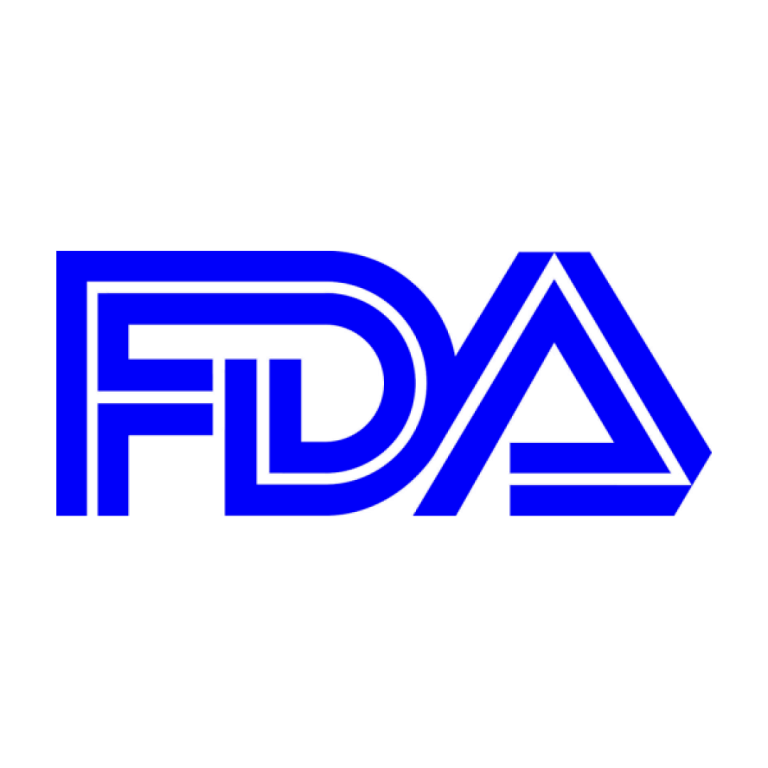
On April 30, 1998, the U.S. Food and Drug Administration (FDA) approved the Genentech’s drug Xeloda (capecitabine) for…
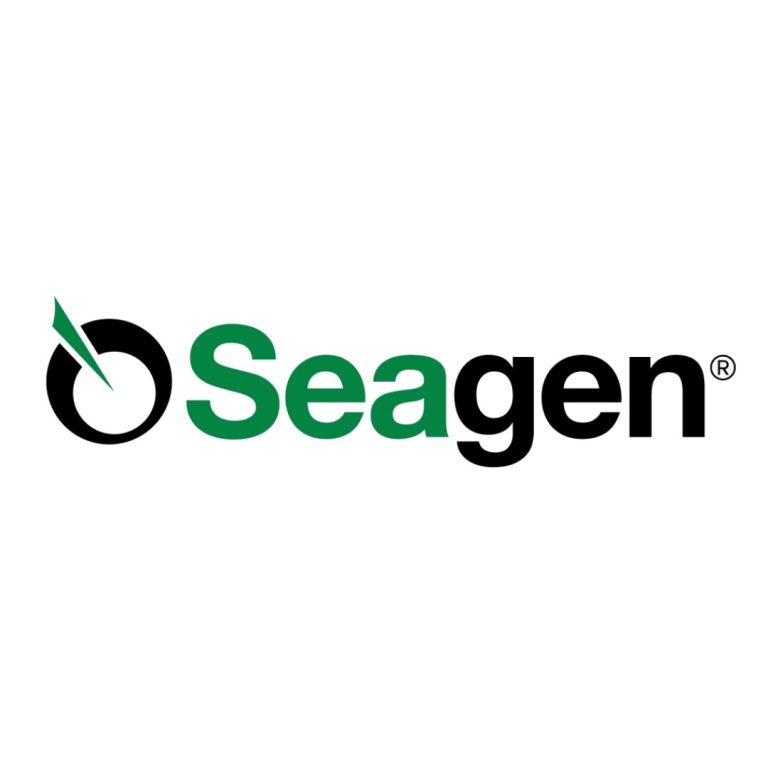
On Jan. 13, 1998, Seattle Genetics (Seagen) was founded in Bothell as a biotechnology company focused on developing…

In 1998, Yale Cancer Center researchers discovered the gene, Survivin, which is linked to the detection of some…
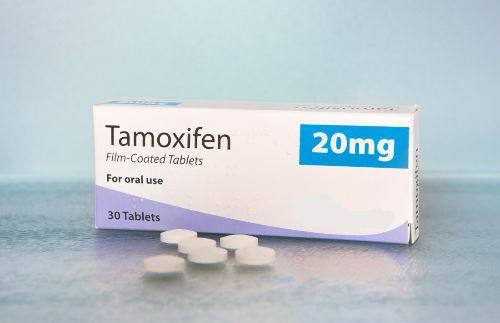
In 1998, Tamoxifen, created with the MCF-7 breast cancer cell line established by Karmanos, was revealed to reduce…

In 1998, The Case Cancer Center (Case CCC) was recognized as an National Cancer Institute (NCI)-designated comprehensive cancer…

In 1998, The University of Minnesota Cancer Center, which was founded in 1991, was renamed the Masonic Cancer…

In 1998, the Centers for Disease Control and Prevention (CDC) reported that an estimated 47.2 million adults (24.1%),…

In 1998, the The Prostate Centre at VGH, now known as the Vancouver Prostate Centre, was founded. The…

In 1998, National Cancer Institute (NCI) awarded the City of Hope Cancer Center NCI-comprehensive cancer center designation. City…
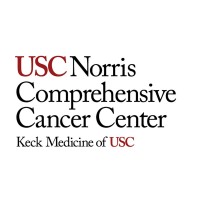
In 1998, The Norris Comprehensive Cancer Center received a $5 million gift from local philanthropist Henrietta Lee which…
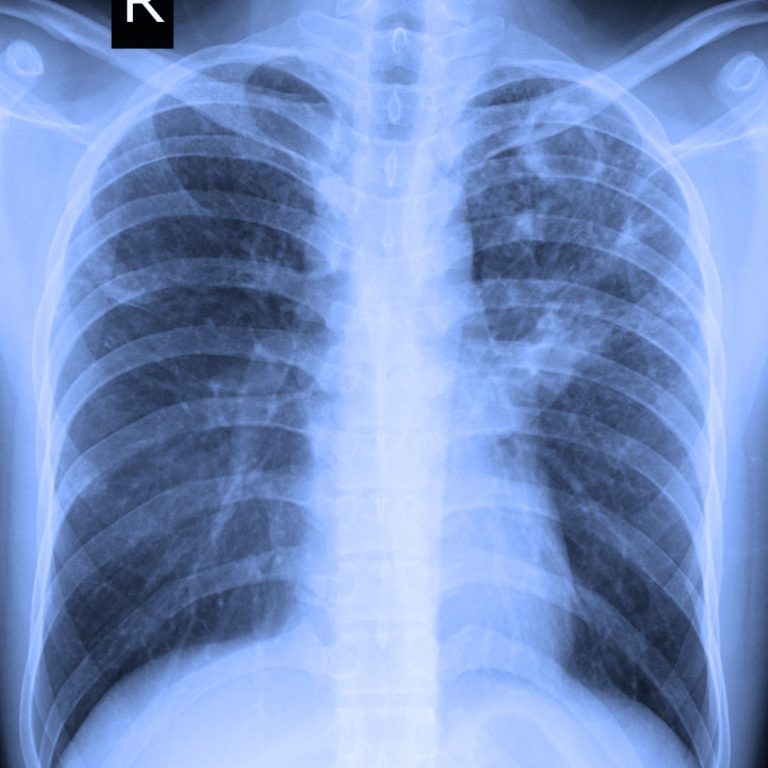
In 1998, Cancer incidence rates showed first sustained decline since the National Cancer Institute (NCI) began keeping records…
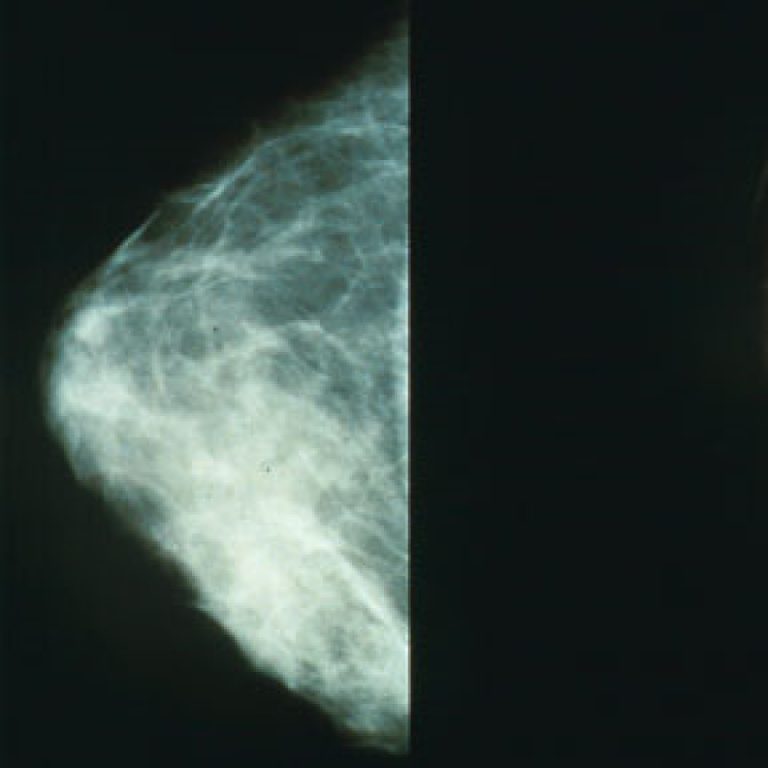
In 1998, the Mammography Quality Standards Reauthorization Act (MQSA) was passed by the U.S. Congress and continued the…
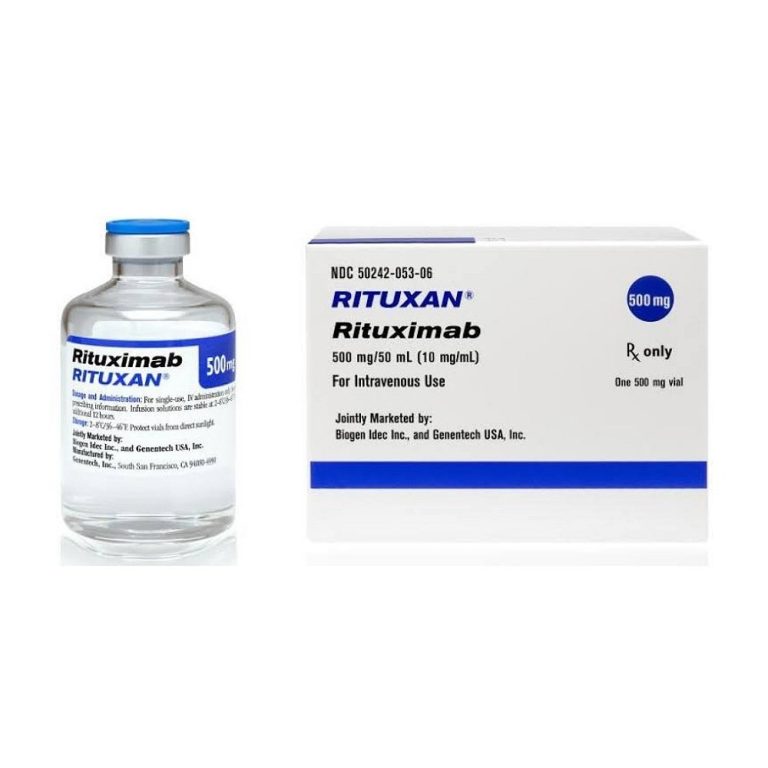
On Nov. 26, 1997, the U.S. Food and Drug Administration (FDA) announced it had approved the Monoclonal antibody…
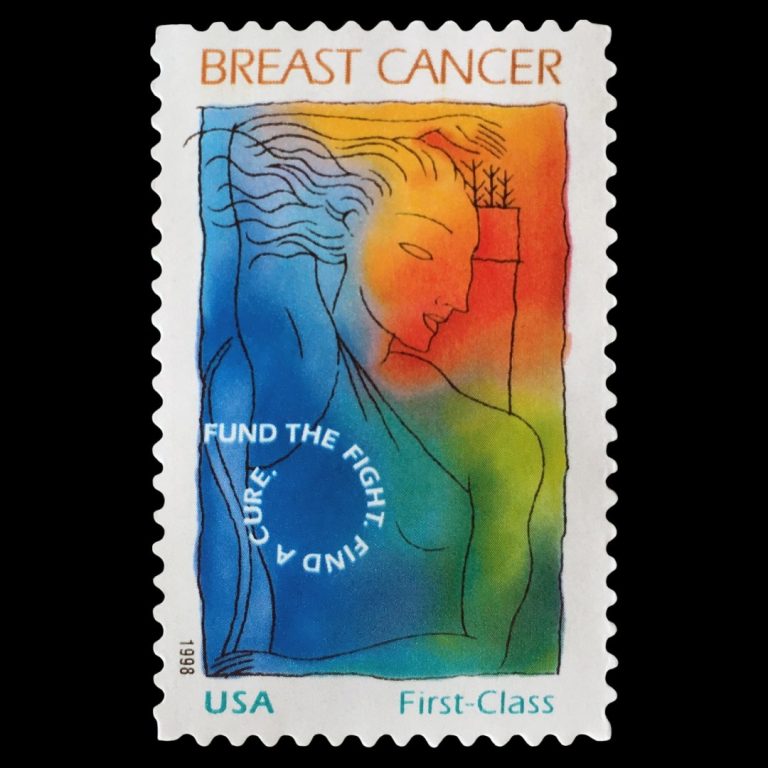
On Aug. 13, 1997, the Stamp Out Breast Cancer Act (PL 105-41) was signed into law by President…

On Jul. 29, 1997, the National Cancer Institute (NCI) released information that nuclear testing during the 1950s could…

On Jul. 23, 1997, Richard D. Klausner, M.D., director of the National Cancer Institute (NCI) announced the creation…

In August 1997, the U.S. Congress passed legislation that directed the U.S. Postal Service to issue its first…

In 1997, a mouse model of promyelocytic leukemia was developed by Washington University – St. Louis researcher Timothy…

In 1997, planning began for Oregon Health & Science University’s (OHSU) Center for Women’s Health, and an interim…

In 1997, the Oregon Cancer Center was established with a grant from the National Cancer Institute (NCI) of…